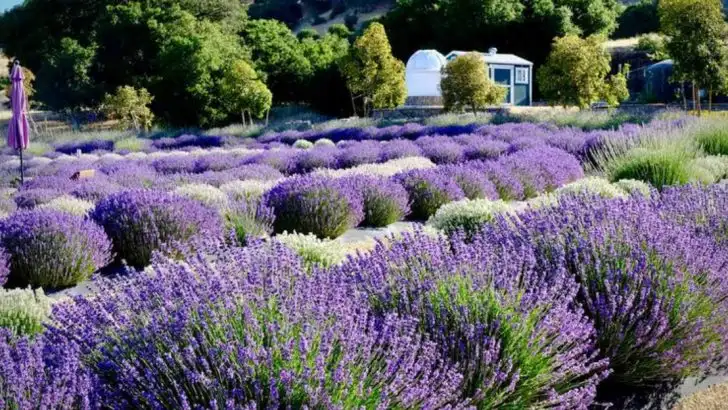Deadheading is overrated. Let’s stop pretending we have time for it. If your pruners are collecting dust and your patience is running thin, good news—some flowers don’t need the coddling. They bloom, they fade, and they just keep going. No snipping, no fuss, no guilt. These are the June showstoppers that know how to take care of themselves. They don’t ask for much. Just sun, soil, and maybe a little admiration. So put the shears away. You’ve earned a break. These 10 bloomers will keep the color coming while you sit back and enjoy the view.
Daylily
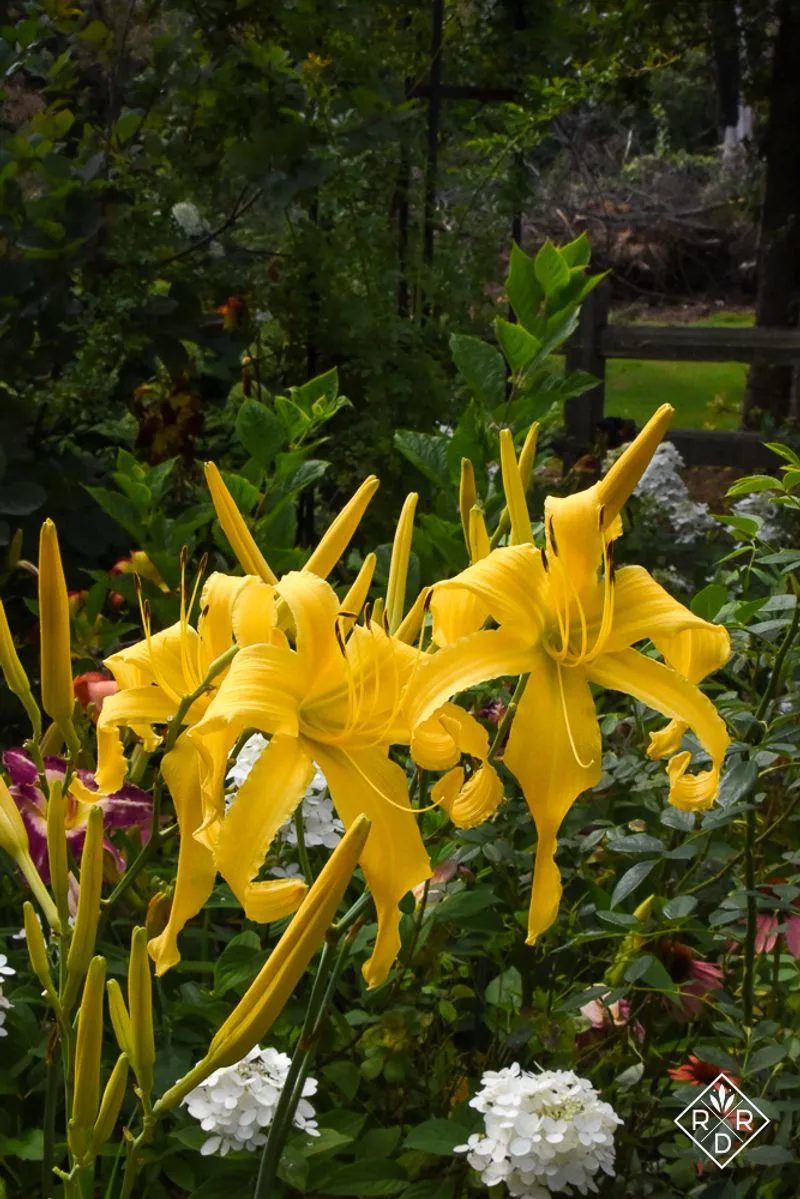
Daylilies don an ever-changing palette of colors, from sunlit yellows to fiery reds. Their blooms last just a day, but new blossoms continually replace them, creating a symphony of color. Their resilience makes them a favorite among gardeners.
No need for deadheading—daylilies naturally shed their spent blooms, maintaining a tidy appearance. This low-maintenance trait allows gardeners to sit back and admire their beauty. Additionally, daylilies are drought-tolerant and thrive in various soil conditions.
Plant them in clusters for a stunning display, and watch your garden come alive with color and grace.
Lavender
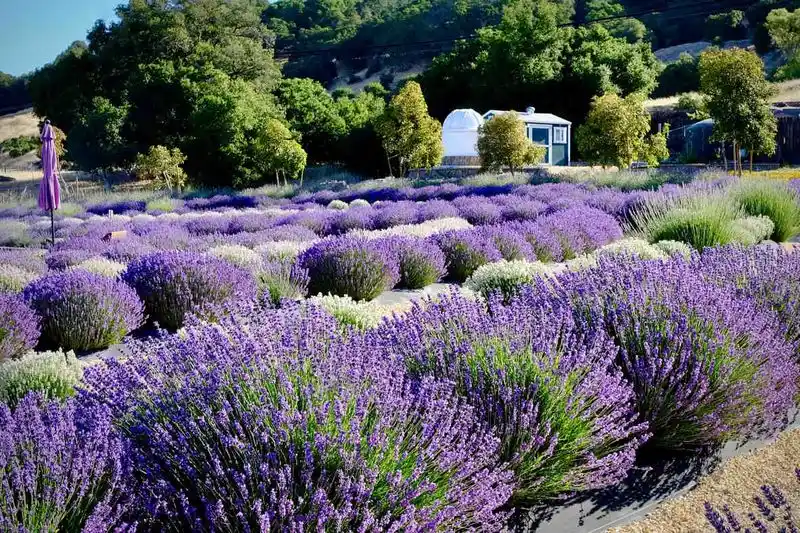
Lavender, with its soothing fragrance and elegant spikes, brings a touch of Provence to any garden. Its blossoms attract pollinators, adding an ecological benefit. Lavender’s subtle beauty and aroma make it a delightful addition to paths and patios.
Once established, lavender is incredibly drought-resistant, requiring minimal care. Its blooms remain vibrant without deadheading, providing a continuous show.
Incorporate lavender in borders or as a fragrant hedge. Its versatility and charm make it an essential plant for gardeners seeking both beauty and ease.
Russian Sage
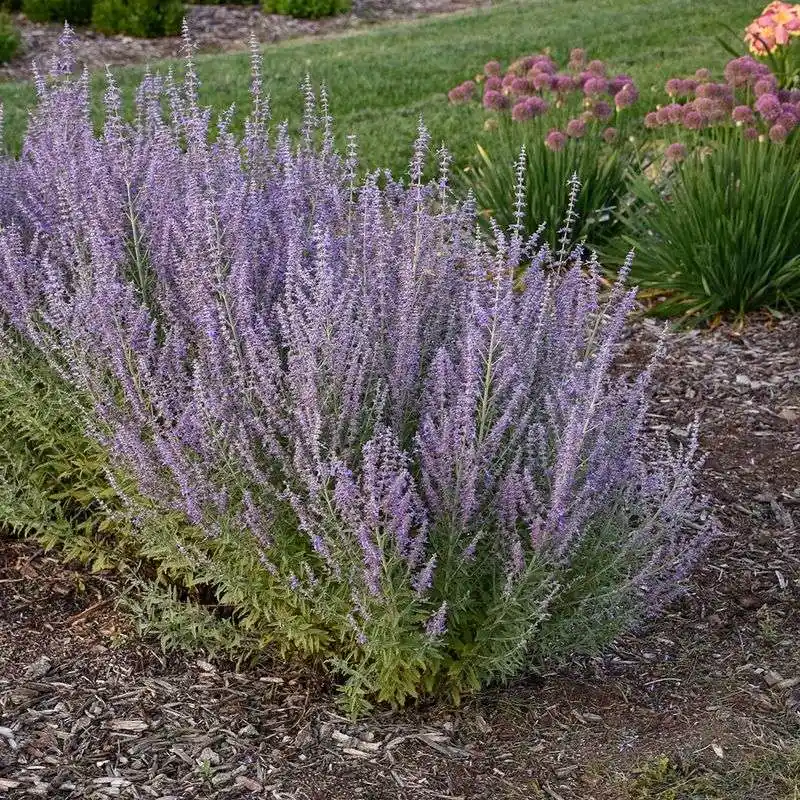
Russian Sage stands tall with its feathery, silver foliage and lavender-blue flowers. Known for its hardiness, this plant thrives in dry soils and full sun, making it perfect for xeriscaping.
Its blooms, which resemble clouds of blue, do not require deadheading to maintain their allure. This plant is a favorite for gardeners looking to add height and texture to their spaces.
Plant Russian Sage in masses for dramatic effect. Its aromatic foliage adds another sensory dimension, ensuring it remains a garden staple through June and beyond.
Coreopsis
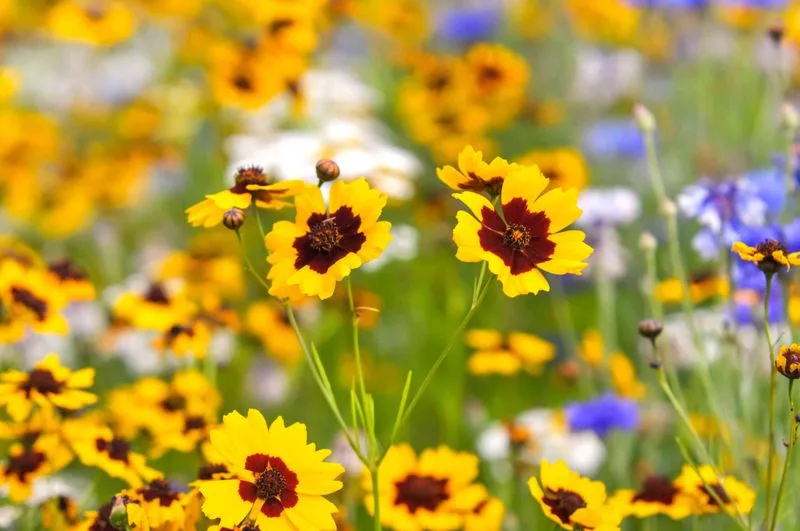
Coreopsis, often called “tickseed,” bursts forth with sunny blooms that brighten any garden. These cheerful flowers are perfect for attracting butterflies and other pollinators.
Coreopsis requires little maintenance, as its blooms don’t need deadheading to stay vibrant. Their ability to thrive in poor soils makes them ideal for less cultivated areas or cottage gardens.
Use them as a border plant or in wildflower gardens. Their long-lasting display ensures gardens remain lively and full of color through the month of June.
Coneflower
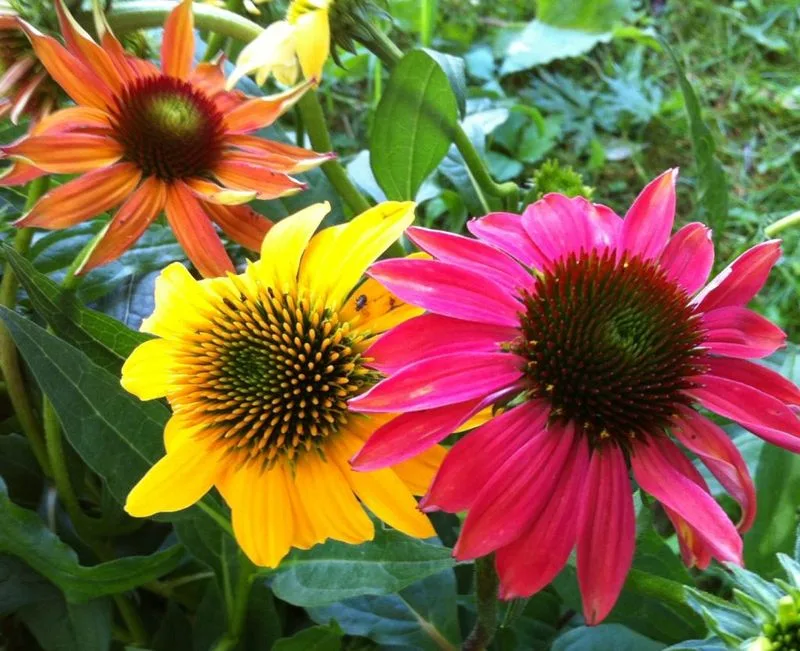
Coneflowers, with their striking petal hues and prominent centers, command attention in any garden. Their blooms attract bees and butterflies, making them a boon for biodiversity.
These robust flowers maintain their vivid colors without the need for deadheading. Coneflowers are drought-tolerant and adapt to a variety of soil types, proving both beautiful and resilient.
Plant them en masse for a naturalized look, or mix them with other perennials for diverse textures. Their steadfast nature and bold appearance make them a garden favorite.
Catmint
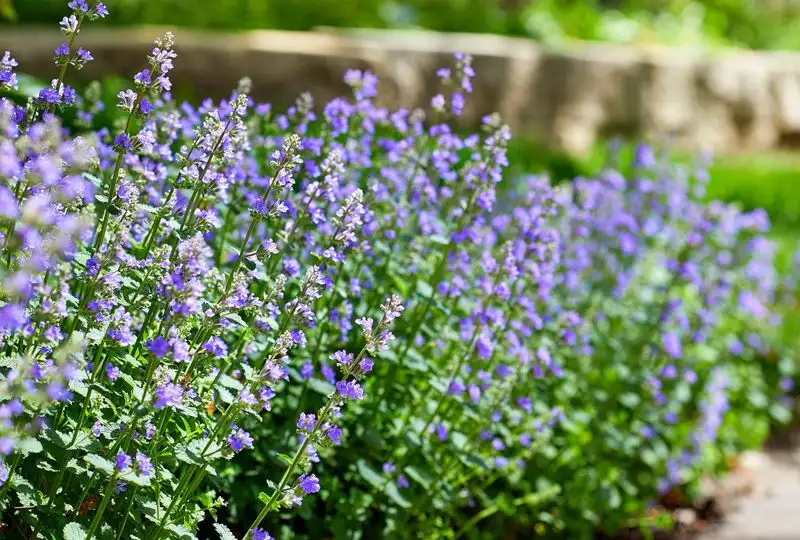
Catmint, with its cascading blue-purple flowers, creates a soft, romantic feel. Known for its ability to attract cats and beneficial insects, it offers more than just visual appeal.
This hardy plant doesn’t require deadheading, yet blooms beautifully throughout June, making it a gardener’s delight. Catmint is ideal for borders or as a ground cover due to its spreading nature.
Its aromatic leaves and long flowering period enhance its charm. Whether lining paths or filling garden beds, catmint is both practical and pretty.
Yarrow
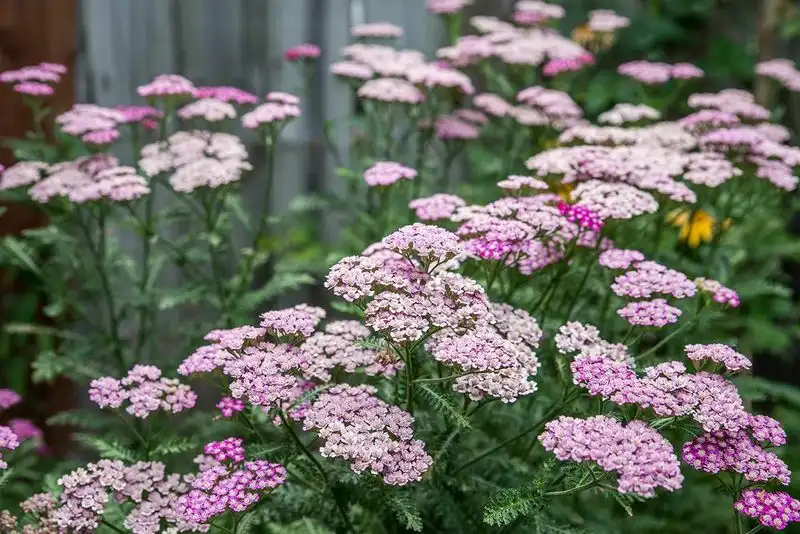
Yarrow, with its clusters of tiny flowers and fern-like foliage, adds a touch of wild beauty. It is a tough and adaptable plant, thriving in various conditions.
Yarrow’s blooms do not require deadheading to stay full and vibrant. This resilience makes it suitable for naturalized settings or meadows, where low maintenance is key.
Plant yarrow for its bright, long-lasting blooms and to attract butterflies. Its medicinal history adds an intriguing aspect, making it a plant of both beauty and utility.
Blanket Flower
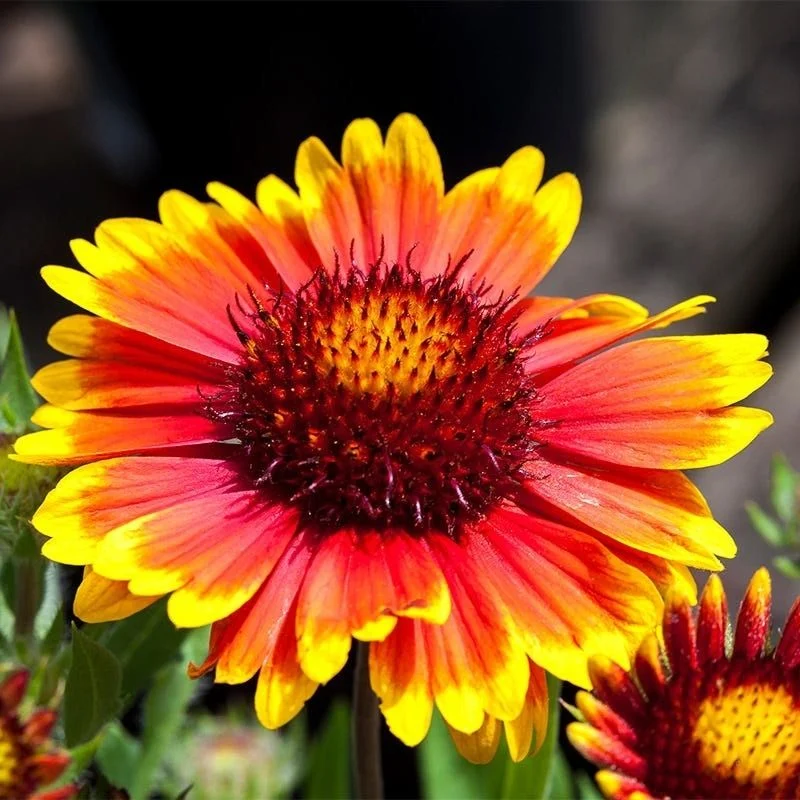
Blanket Flowers, with their fiery brushstrokes of red and orange, create a warm, inviting atmosphere. These native North American flowers thrive in sunny, dry locations.
They do not require deadheading, continually producing blooms. This trait, combined with their drought resistance, makes them ideal for xeriscaping.
Use Blanket Flowers to add bursts of color to rock gardens or borders. Their bold hues and rugged nature ensure they remain a striking addition to any garden space.
Salvia
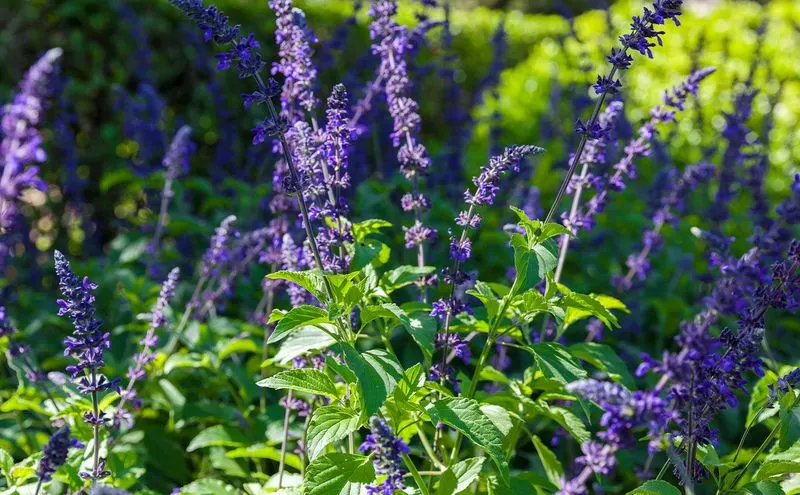
Salvia, known for its tall, vibrant spikes of purple, brings an architectural flair to gardens. The blooms attract hummingbirds, adding life and movement to outdoor spaces.
Salvia’s flowers maintain their color without the need for deadheading, offering both beauty and ease of care. This drought-resistant plant thrives in well-drained soils.
Incorporate salvia into mixed borders or as a striking stand-alone specimen. Its combination of vivid color and minimal maintenance makes it a standout choice for gardeners.
Sedum
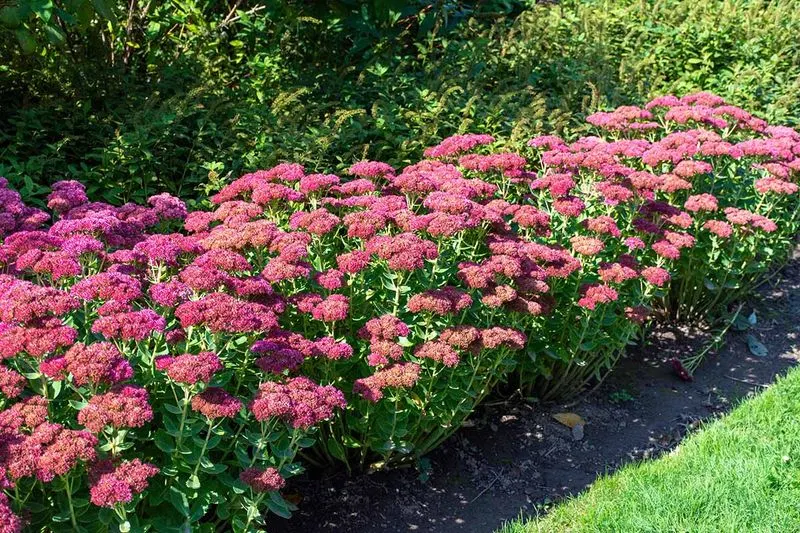
Sedum, with its succulent-like foliage and vibrant star-shaped flowers, offers a unique texture. This hardy plant is perfect for rock gardens and dry areas.
Sedum’s blooms remain attractive without deadheading, providing consistent beauty. Its drought-tolerant nature and ability to thrive in poor soils make it a reliable choice.
Whether used in borders or as ground cover, sedum’s versatility and charm are unmatched. Its ability to store water in its leaves adds an interesting aspect, making it both decorative and practical.

